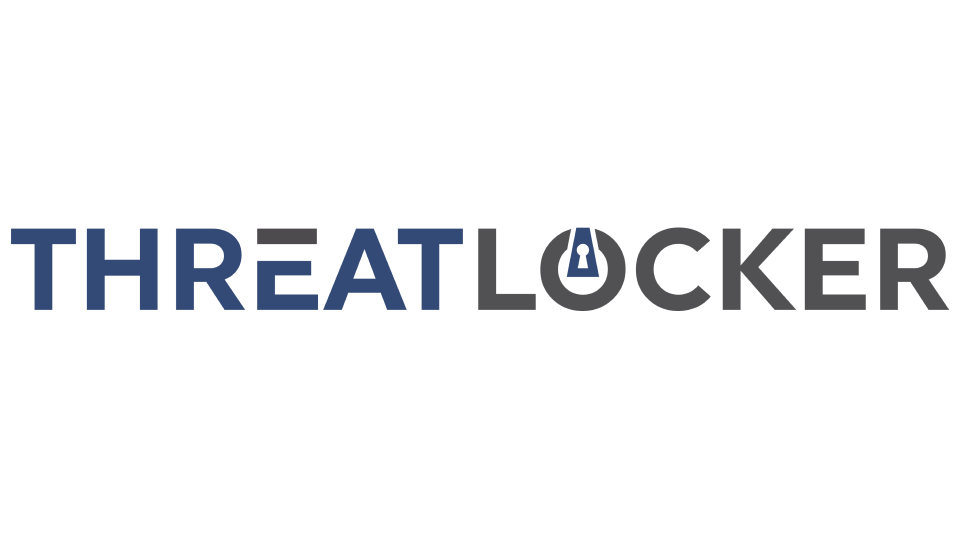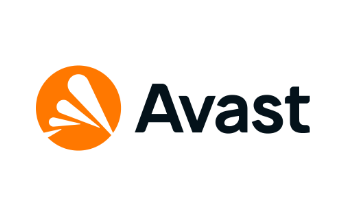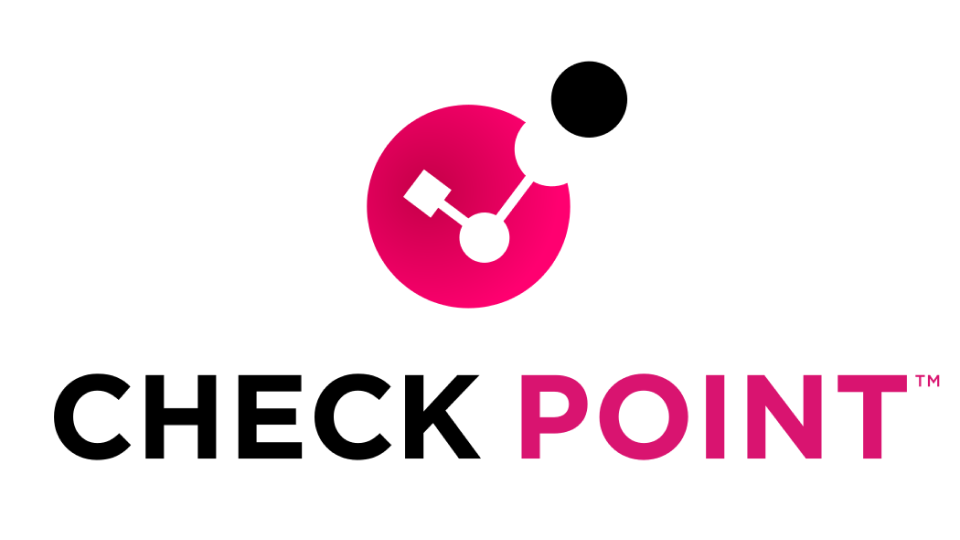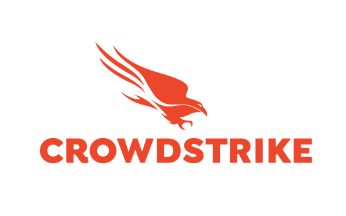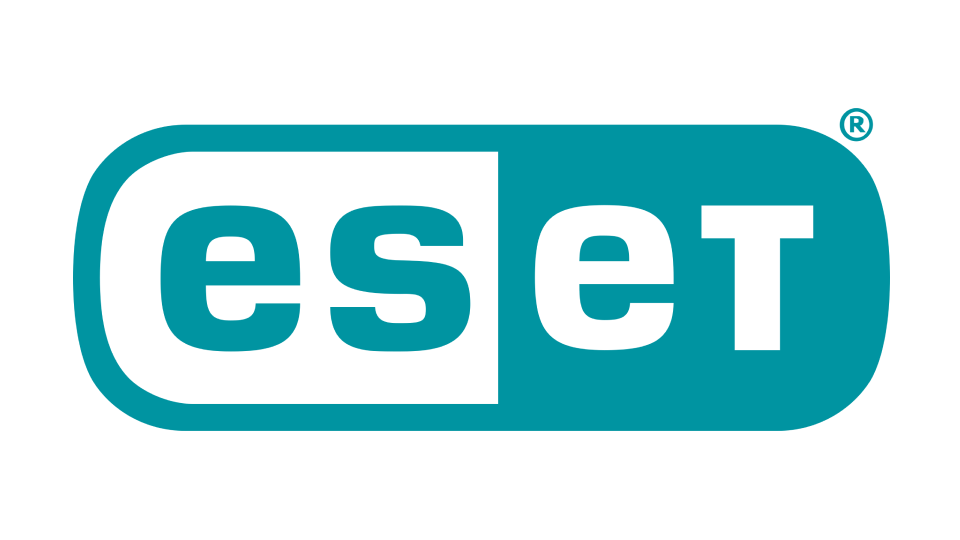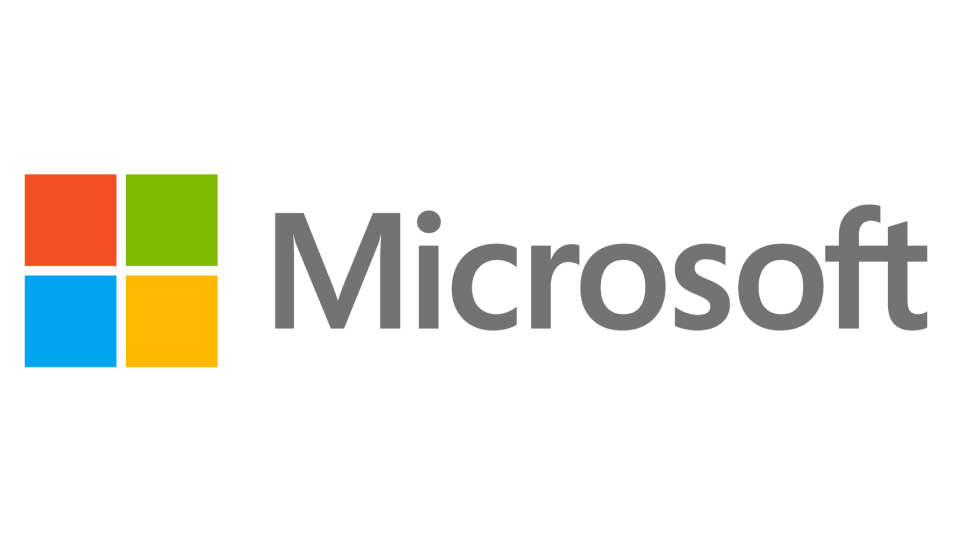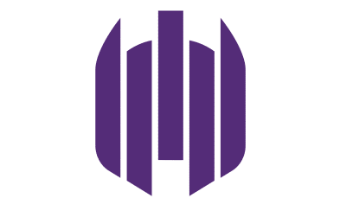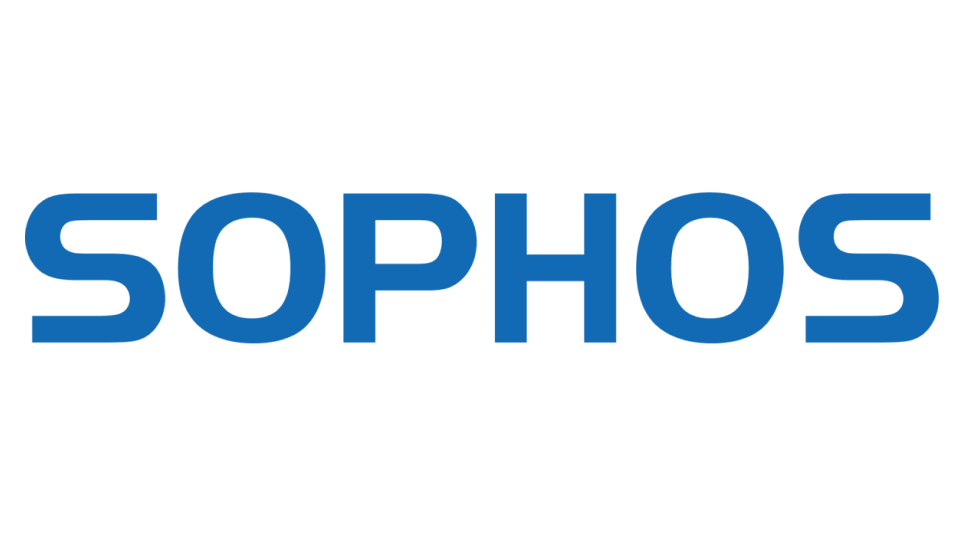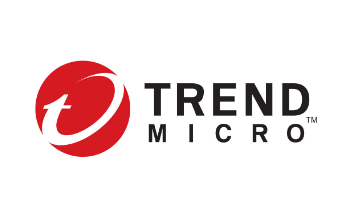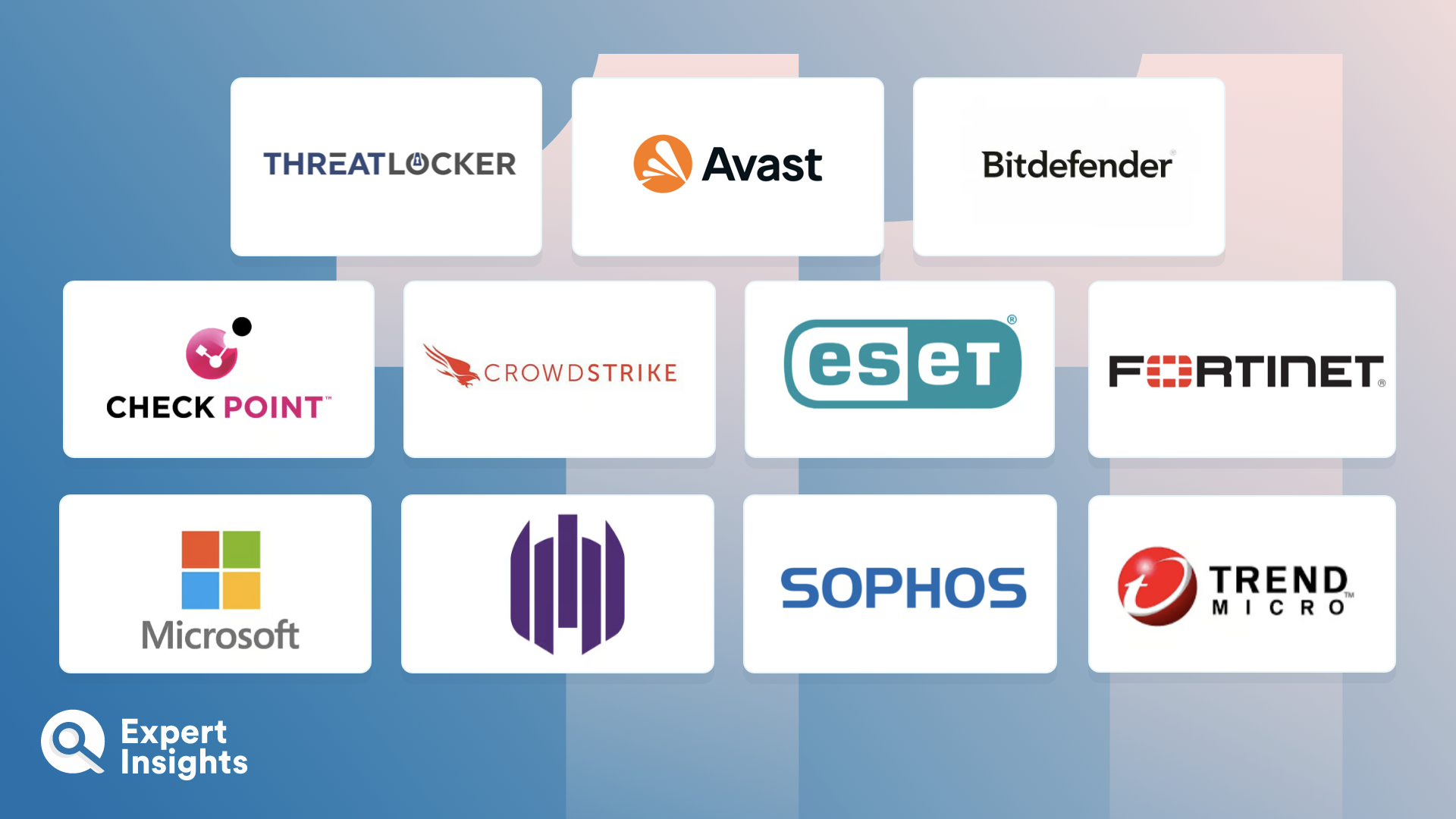Malware is a malicious type of software that attacks your system, looks to steal sensitive information, and corrupts your files. It’s a dangerous cyber-attack that your business needs to be aware of, and have the correct defenses in place to help protect yours and your customers’ key data assets.
According to a recent survey, when asked whether they believed their organization to be protected against ransomware (a form of malware), 50% of the 582 information security professionals asked didn’t feel they has sufficient protections in place. That’s a worrying statistic, especially when you consider that, on average, 230,000 malware samples are produced daily. Even when up-to-date endpoint protection was in place, around 75% of companies still fell victim to ransomware.
What these statistics show is that it’s not only important to have the correct awareness of the incoming malware threats that may hit your business, but also to ensure that you have the correct protection for your business. From SMBs to large-scale organizations, every organization’s needs are different, and when it comes to protecting yourself from vicious malware attacks, these different defense techniques matter.
There are several different methods of preventing attacks from harming your business, from security awareness to endpoint protection, and email gateway security. So, we’ve put together a list of the top methods and solutions to help defend your business from malware attacks.




